Figures & data
Figure 1. Study area west of Bergen with localization of stations A–D, and with photos of Sargassum muticum from the different stations included. (Photos: M. Eilertsen; maps: Kartagena, Statens kartverk and Vemaps.com).
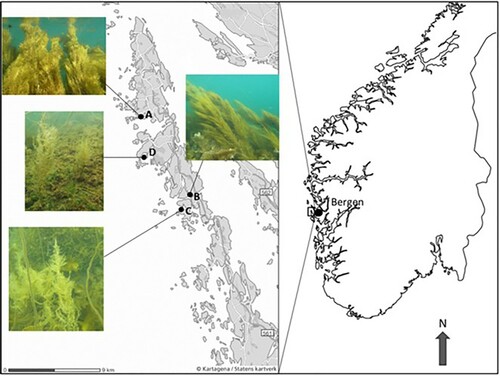
Figure 2. Violin plots showing thallus characteristics of Sargassum muticum (n = 5), including (left) thallus dry weight (g), (centre) no. of side branches per cm and (right) epiphyte dry weight (g), at stations A–D. The shapes show data spread, while the black point shows the mean for each station. Type of site shown by shading (sound = light grey, sheltered bay = dark grey).
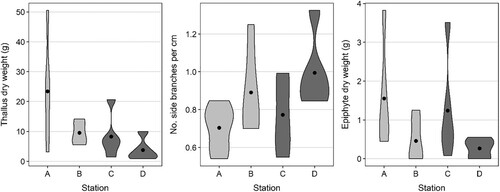
Figure 3. Overview of number of faunal taxa associated with Sargassum muticum (102 taxa; this excludes juveniles or unidentified species which had congeners present, 10 taxa). Labels indicate number of taxa within each group; the three sections without labels are Echinodermata, Insecta and Porifera with 1 taxon each.
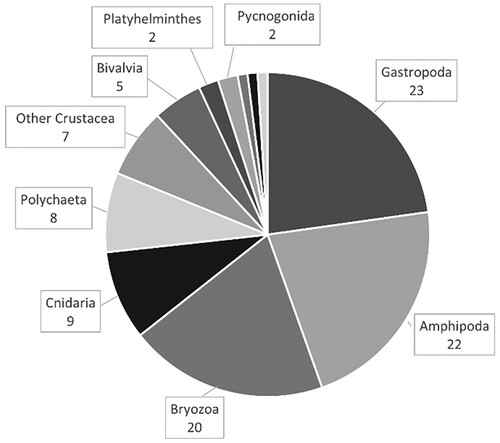
Figure 4. The number of associated taxa per Sargassum muticum sample related to dry weight (g) of the thallus and epiphytes (‘habitat’). Taxa richness is shown for all taxa (a), vagile taxa (b) and sessile taxa (c). The line is the prediction of the model (at average branch density for total and sessile fauna where this variable was significant). Type of site is shaded (sound = light grey, sheltered bay = dark grey).

Figure 5. The number of associated taxa per Sargassum muticum sample related to branching density (number of primary laterals per cm main axis). Taxa richness is shown for all taxa (a), vagile taxa (b) and sessile taxa (c). The line is the prediction of the model (at average habitat dry weight); there was no significant relationship for the vagile fauna. Type of site is shaded (sound = light grey, sheltered bay = dark grey).
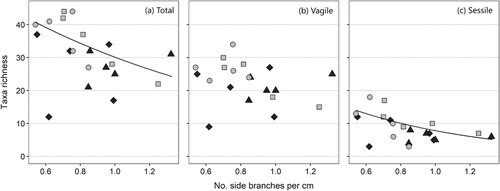
Figure 6. Abundances of gastropods and amphipods per gram thallus in each sample of Sargassum muticum, plotted by station. ‘Adult’ groups have juveniles excluded. Type of site is shaded (sound = light grey, sheltered bay = dark grey).

Figure 7. Abundances of vagile fauna (individuals per gram thallus dry weight) in each sample of Sargassum muticum, plotted against dry weight of epiphytic algae. The lines are the predictions of the model. Type of site is indicated by line type and colour (sound = light grey, dotted line; sheltered bay = dark grey, solid line).
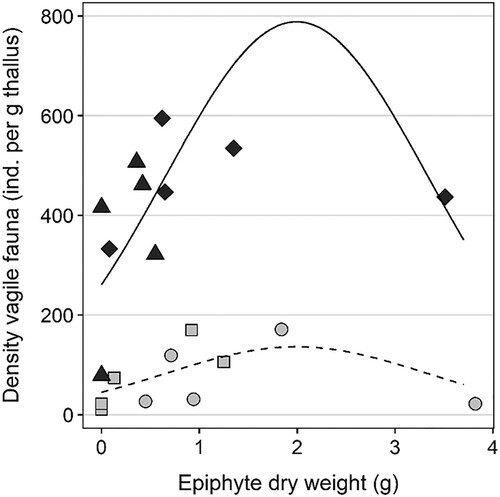
Figure 8. NMDS plot of the composition of the vagile fauna community associated with Sargassum muticum (excluding unsure or rare species, 49 taxa), stress = 0.09. Based on a Bray–Curtis dissimilarity matrix on square-root transformed species density data (individuals per g thallus dry weight).
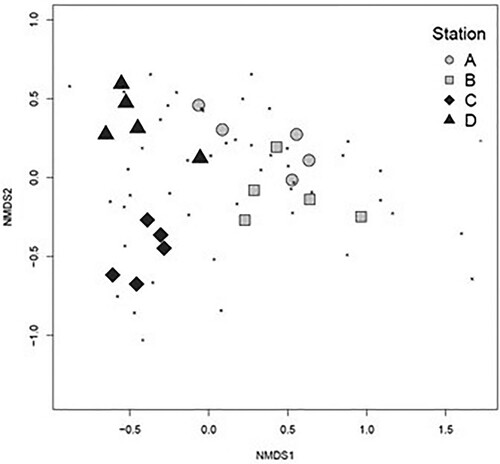
Figure 9. NMDS plot of the composition of the sessile and vagile fauna community associated with Sargassum muticum (excluding unsure or rare taxa, 84 taxa), stress = 0.14, Jaccard distance matrix on presence-absence data. The vector shows the relationship of branch density (number of primary laterals per cm main axis) with community composition. Samples are shaded by site type (sound = light grey; sheltered bay = dark grey).

Table I. Results of multilevel pattern analysis: (A) Vagile species associations to site type, based on abundances (point biserial correlation coefficient; pb), (B) All species associations to site type, based on presence-absence (phi coefficient of association; phi). Both using association function r.g, permutations = 999. References to main food: (1) Guerra-García et al. (Citation2014), (2) Dixon and Moore (Citation1997), (3) Steneck and Watling (Citation1982), (4) Lambert (Citation1991), (5) Riisgård and Manríquez (Citation1997), – no information.
